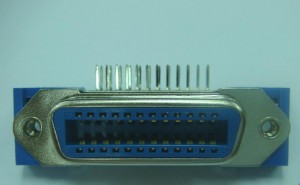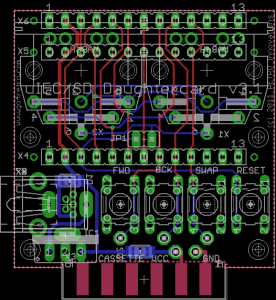
As some may know, IEEE-488 is no longer a preferred global interface standard. I would even go so far as to state it was niche even in its heyday. HP used it as the “Hewlett Packard Interface Bus”, and it was also known as the “General Purpose Interface Bus” (GPIB), as I recall. Still, more names do not increase a standard’s usage.
Now, 30+ years later, it’s becoming quite difficult to find economical sources for IEEE-488 parts. I surmised cables would be expensive, given the number of wires in IEEE-488 cables and the pass through connectors present on many of them. However, I was surprised at the expense for the Centronics 24 pin connector used in the standard. Though 36 pin Centronics (parallel port) connectors are nominal in price, I initially found but a single source offering the 24 pin connectors. Of course, that source offers them for $9.00 a piece.
Recently, I’ve found a more economical source, one that can supply not only the connector, but also the special studs that the standard requires. Though the minimum order is 1000 units, I feel there’s enough demand to justify a bulk purchase. The ZoomFloppy hardware supports the connector already, and future devices should support IEEE-488 as well. Thus, I’ve ordered 1000 connectors, and will add them to the store at the reduced price one they arrive.
